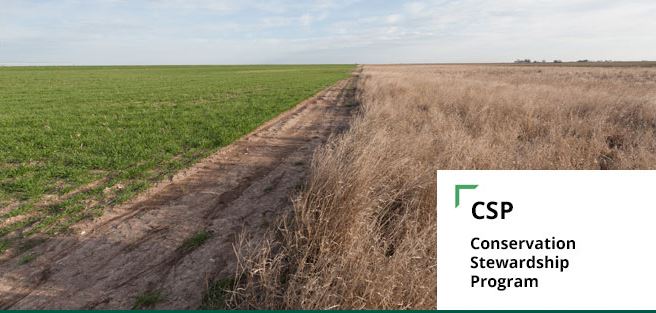Financial Assistance

Isanti SWCD can connect you with financial assistance in the form of cost sharing (we pay part and you pay part of the project cost) and loan programs that protect land and water in Isanti County. Contact the SWCD staff for additional details and to learn which of the current programs may apply to you! Additional information can be found in the 2021 Cost Share Policy.
State Cost Share:
The district runs two programs based off the State Cost Share program: 1) Flat rate payments for agricultural non-structural practices and 2) percentage based payments for structural practices.
1) Flat Rate Payments for Non-Structural Practices:
The goal of this local program is to promote practices that protect both groundwater and soil health. This local program provides flat payments to agricultural producers for the establishment of cover crops and residue and tillage management. Payments are based off of a modified NRCS EQIP payment rate schedule. Eligible applicants must have a field scale conservation plan developed by the NRCS (until the SWCD has the ability to do so).
Program participants are selected based on scoring related to: 1) whether the majority of the land is located in a sensitive groundwater area (cover crop only), 2) whether or not the majority of the land is located in a watershed with a completed water quality study, and 3) proximity to surface water. Limited funding is available each year.
2) Percentage based payment for Structural Practices:
The State cost-Share Program was created to provide funds to SWCDs for the implementation of conservation practices that protect and improve water quality by controlling soil erosion and reduce sedimentation.
The Minnesota Board of Water and Soil Resources (BWSR) has an approved list of conservation practices that landowners can request financial assistance for from the Isanti SWCD. Landowners can receive up to 75% of the project costs through the program as a reimbursement after practice completion.
Conservation practices approved include but are not limited to:
- Grassed Waterways
- Riparian Buffer Strips and Filter Strips
- Wetland Restorations
- Lakeshore Restorations
- Rain gardens
- French Drains
- Rock infiltration trenches
Sealing Abandoned Wells (50% cost share up to $500)—List of Licensed Well Contractors found here: http://www.health.state.mn.us/divs/eh/wells/lwc/
If you are interested in applying for funding assistance, contact Todd Kulaf at: 763-689-3271
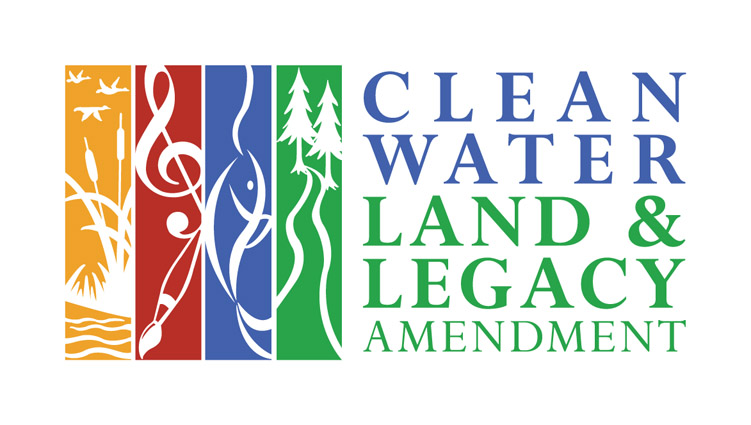
Annual Grant Programs
Grant-Funded Projects
From time to time grants are secured for specific natural resource projects. These grants allow staff to dedicate time to identified issues and often provide financial incentives for landowners to install projects such as erosion control, habitat, and others. These grants come from a variety of sources including but not limited to:
- Board of Water and Soil Resources (BWSR) Clean Water Fund Grants
- Minnesota Pollution Control Agency (MPCA) 319 Small Watersheds Grants
- Lessard Sam’s Outdoor Heritage Council (LSOHC)
- Pheasants Forever
Current Grants:

Green Lake 319 Grant: The Minnesota Pollution Control Agency has provided the Green Lake watershed with funds for conservation practices. If you live in the Green Lake area there is money available to help you with a conservation project on your property. This can include cover crops, shoreline restoration projects, rain gardens, and more. Contact us if you would like to get started on a conservation project. Visit the Green Lake Improvement District’s website for more information.
2021 was the first of a 16-year grant program to improve the health of Green Lake. We have highlighted the progress we have made in a story map. View it here.
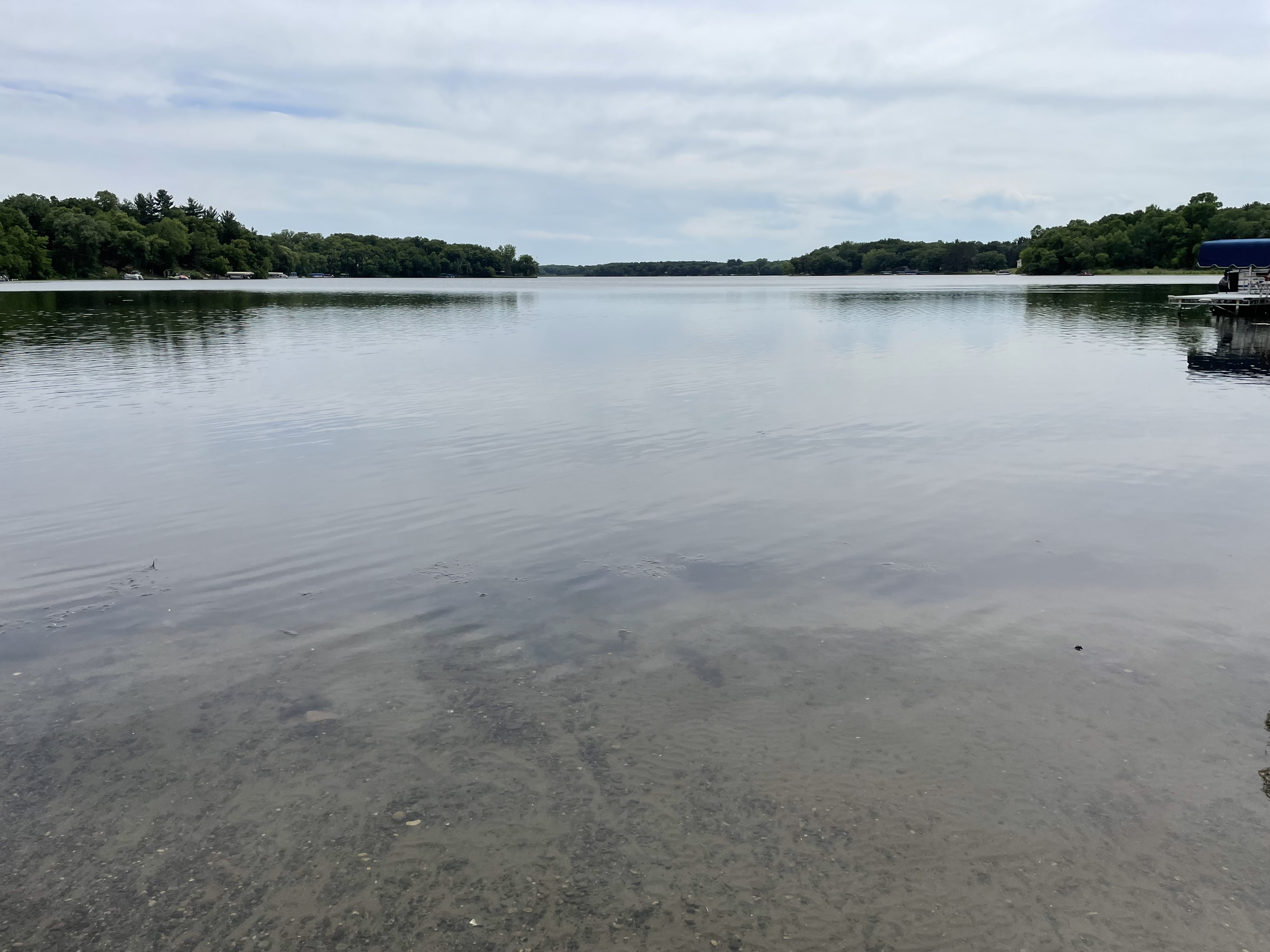
Clean Water Fund Grant for Blue Lake Alum Treatment: The Isanti SWCD has secured a Clean Water Fund Grant to perform an alum treatment on Blue Lake in the fall of 2022. The treatment would not be possible without the Blue Lake Improvement District, who are providing a necessary 25% grant match and have been working with the Isanti SWCD to make this a reality. The Isanti SWCD has been working to protect the health of Blue Lake by completing conservation projects in the area surrounding the lake. Now, an alum treatment has been identified as the next most logical and cost-effective way to protect Blue Lake. A second dose of alum treatment will be applied in 2024 as part of the grant.
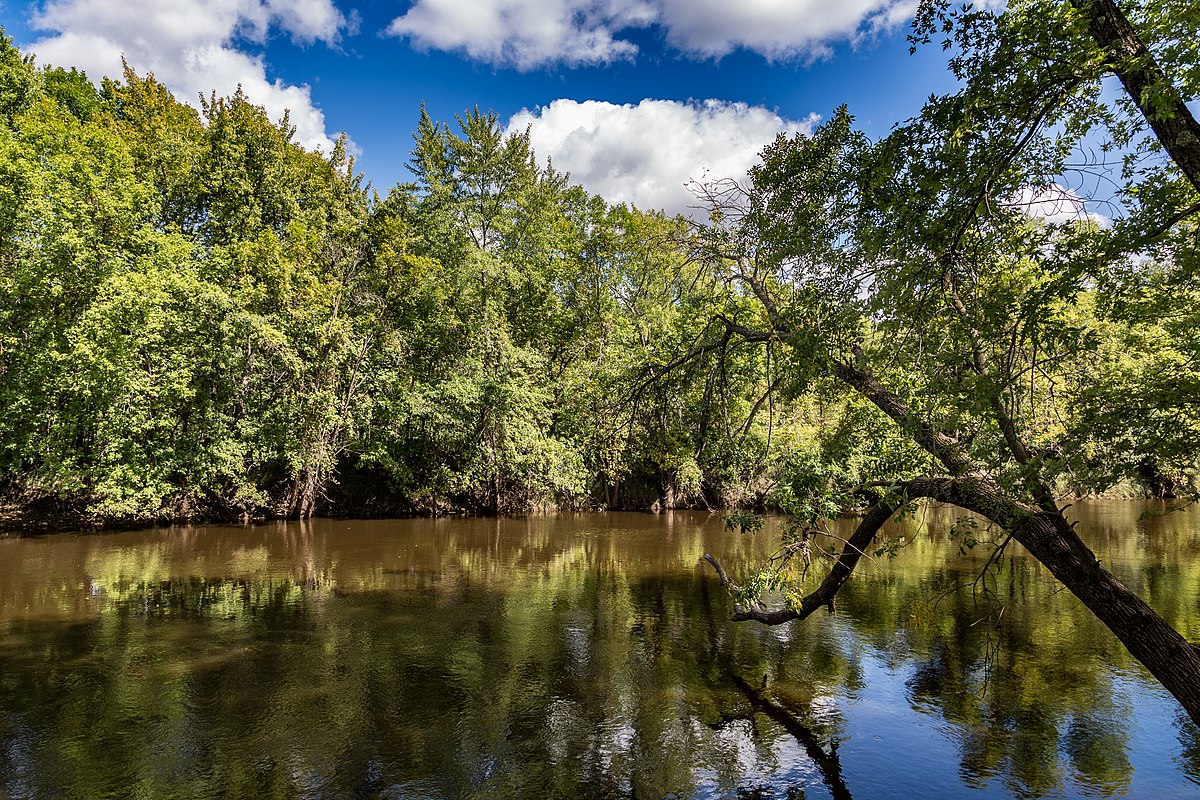
Rum River Reinvest In Minnesota (RIM) Conservation Easements: By placing your land into a permanent conservation easement, you can help protect the health of drinking water for the Twin Cities while also protecting your land for future generations.
The State recently dedicated $3 million dollars of Clean Water Funds to make permanent conservation easements an option for willing landowners in the drainage area of the Rum River. The initial focus centers on the Rum River’s main stem and the west branch, plus Mille Lacs Lake. What is a conservation easement?
Properties will be chosen from submitted applications. Their selection will be based on habitat quality, amount of nearby natural lands, and length of property along the waterway. The applications will be reviewed on a quarterly basis. Funds are available through 2022. Learn more about the program here.
Contact Matthew Remer for more information at 763-689-3271 or Email:
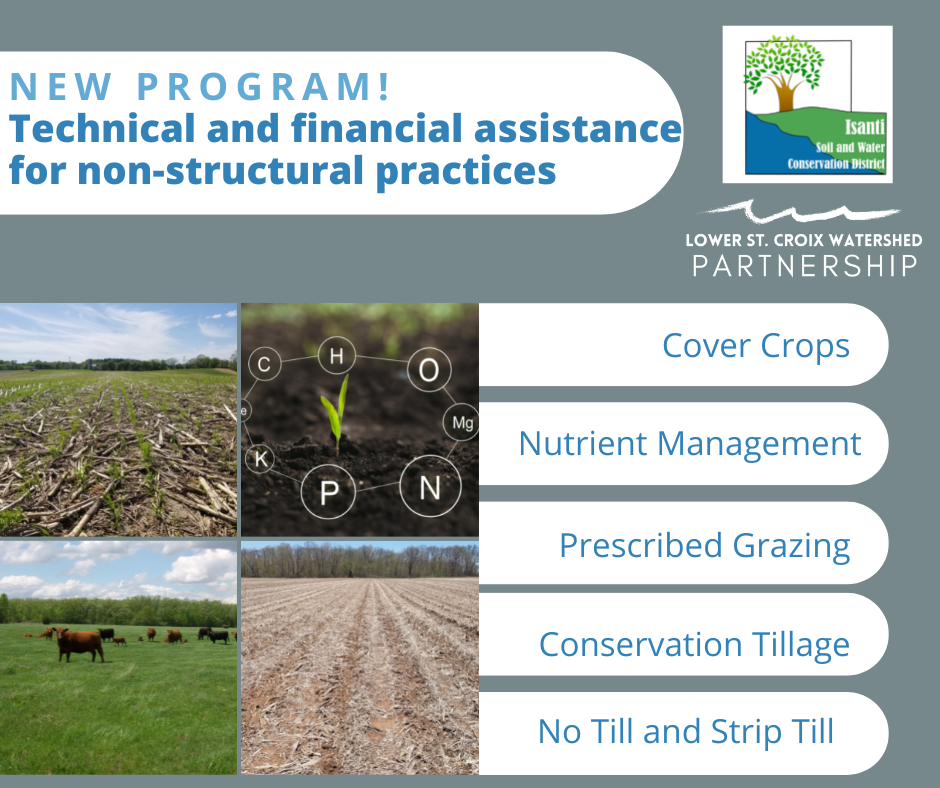
Non-Structural Ag Project Funding for the Lower St. Croix Watershed: The Lower St. Croix Watershed Partnership has a new program to provide financial and technical assistance for non-structural practices. This opportunity is available to those with land in the Lower St. Croix Watershed (The South and Eastern part of Isanti County). Conservation staff will work one on one with you to create an individualized plan to integrate with your system. A variety of practices are available with built in flexibility. You can choose to implement one or more practices to suit your needs. Access more information about the funding here. Don't know if you are in the Lower St. Croix watershed? Access an interactive map of it here. Call Matthew Remer at our office to get started: 763-689-3271.
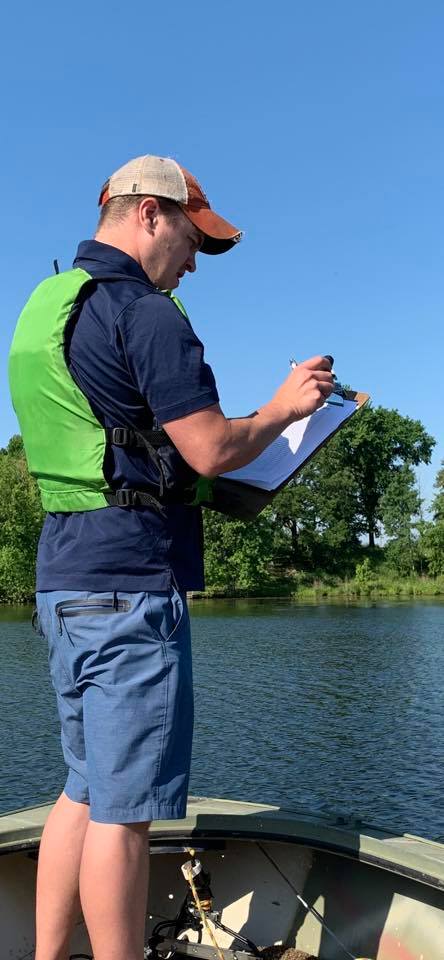
Project Design and Engineering Assistance
Design and Engineering Assistance funds are available for conservation projects located in high priority areas. This program pays a portion of the funds to design the project and the landowner is responsible for the remainder. The money from this program can be used with other grant and cost share funds to help pay for much of the overall project costs. Contact Tiffany Determan for more information.
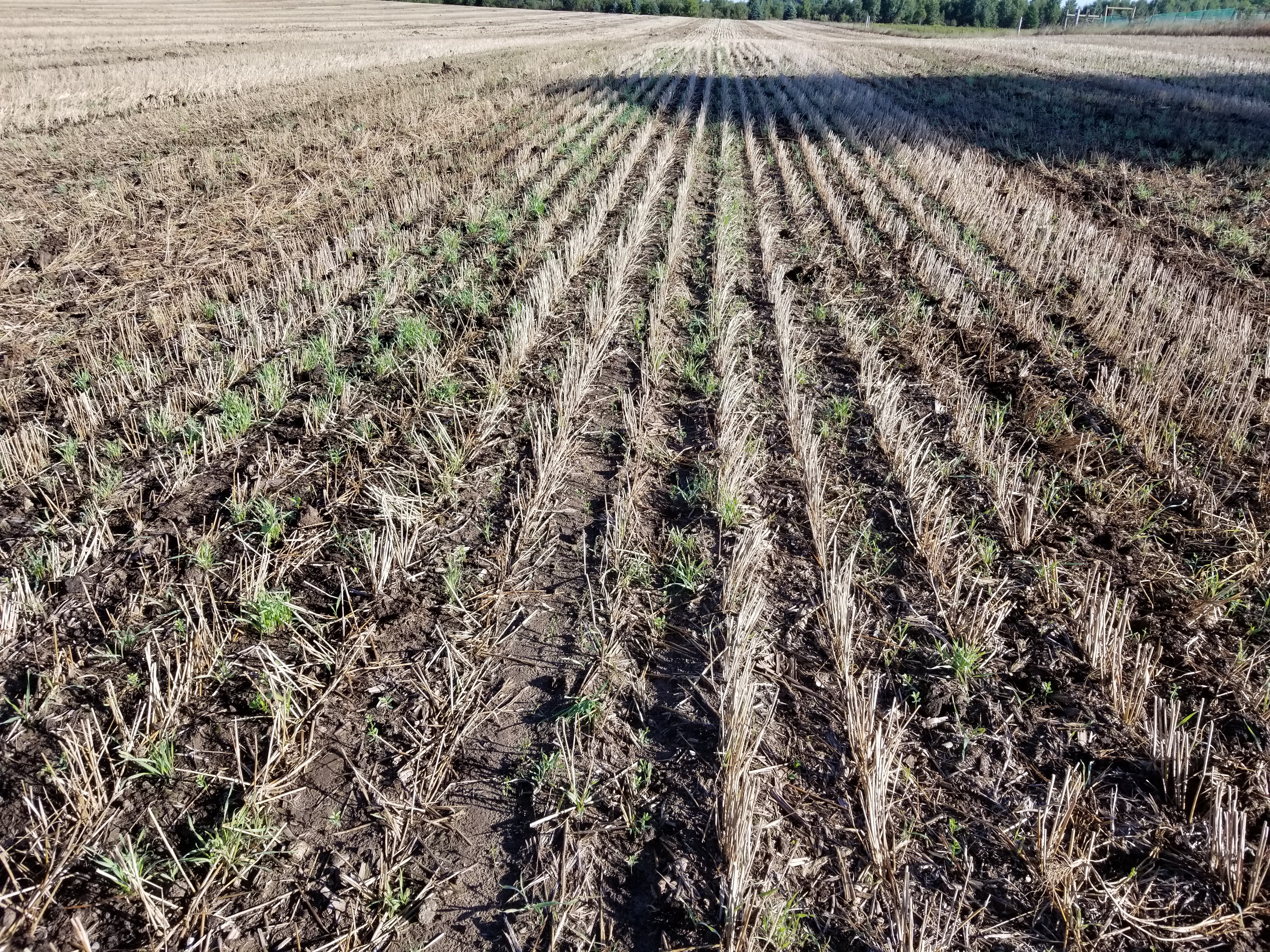
Ag Best Management Practices (AgBMP Loan Program)
The AgBMP Loan Program provides low interest financing to farmers, agriculture supply businesses and rural landowners. The purpose is to encourage agricultural Best Management Practices that prevent or reduce runoff from feedlots, farm fields and other pollution problems identified by the county in local water plans. The program provides loans up to $100,000 with a maximum interest rate of 3% interest plus usual customary fees charged by lenders. Kanabec SWCD administers this program for Isanti SWCD.
Examples of eligible practices: Composting structures, feedlot improvements, Livestock improvements, Nutrient management plans, Water Conservation or reuse, River bank or shoreline stabilization, septic system upgrades or repairs.
For a full list of eligible practices and more information visit the MN Department of Agriculture Website or call Tiffany Determan at: 763-689-3271. For more information check out this page: http://www.mda.state.mn.us/agbmploan
Federal Programs Administered Thru Natural Resource Conservation Service (NRCS)
Our partners at the US Department of Agriculture Natural Resources Conservation Service offer a number of financial incentive programs for projects and practices that benefit environmental quality. The Isanti SWCD is co-located with NRCS.
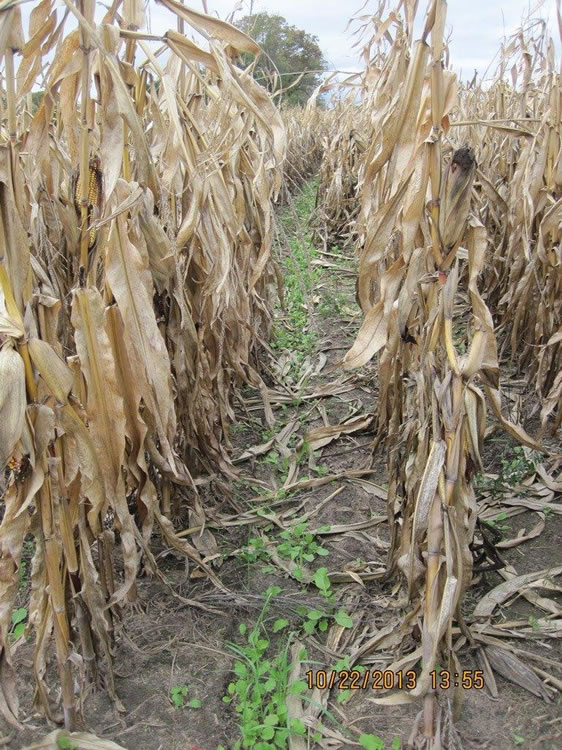
Environmental Quality Incentives Program (EQIP)
EQIP is a federal program administered by the NRCS and assisted by Isanti SWCD.
EQIP provides technical assistance, cost share payments, and incentive payments to assist crop, livestock, and other agricultural producers with environmental and conservation improvements to their operations. Incentive payments may be made to encourage a farmer to adopt land management practices. This program offers the opportunity to implement traditional approaches but also to use less traditional, alternative practices to protect our soil, water, and related resources.
Eligible practices include but are not limited to:
- Cover Crops
- Irrigation Water Management
- Prescribed Grazing
- Invasive Species Management
- Waste Storage Facilities
- Residue Management-No-Till
- Pollinator Habitat
- Water and Sediment Control Basins
There are over 60 eligible practice that EQIP can provide assistance for. Further information can be found on the Minnesota NRCS EQIP page: www.nrcs.usda.gov/wps/portal/nrcs/main/national/programs/financial/eqip/
Contact the NRCS at: 763-689-3354 ext. 3 to discuss how EQIP programs can help with your land.
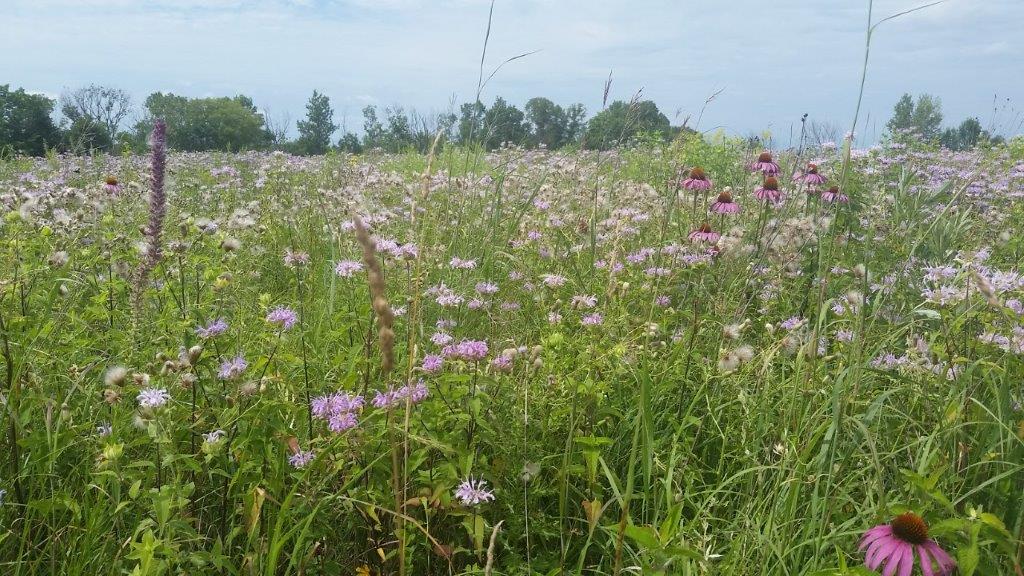
Conservation Reserve Program (CRP)
The CRP and Continuous Conservation Reserve Program (CCRP) are voluntary programs for agricultural landowners. Landowners enrolled in these programs can receive annual rental payments based on the Farm Service Agency (FSA) Soil Rental Rates, and cost-share assistance to establish long-term, resource conserving covers on eligible farmland.
Eligible Practices include but are not limited to:
- Field windbreaks
- Grassed waterways
- Filter Strips
- Riparian Buffers
- Pollinator Habitat
More information can be found in the MN NRCS CRP page: https://www.nrcs.usda.gov/wps/portal/nrcs/detail/mn/programs/?cid=nrcs142p2_023677
Contact the Farm Service Agency (763-689-3354 ext. 2) to discuss eligible conservation practices and to see if you are eligible for CRP or CCRP.
Conservation Stewardship Program (CSP)
CSP is a voluntary program that encourages agricultural and forestry producers to address resource concerns by undertaking additional conservation activities and improving/maintaining existing conservation systems. Put another way, CSP looks at the conservation you are currently doing on your farm or woodlot, along with new activities that you are willing to do, and offers conservation payments based on these existing and new activities. Eligible lands include cropland, pastureland, and non-industrial forestland.
Eligible Practices include but are not limited to:
- Wildlife Corridors
- Pollinator Habitat
- Continuous Cover Crops
- Extended filter strips for water quality
Additional information can be found on the NRCS CSP page: https://www.nrcs.usda.gov/wps/portal/nrcs/main/mn/programs/financial/csp/
Contact the NRCS at: 763-689-3354 ext 3, to learn more about CSP practices that could work on your land.
Conservation Planning
A good plan is the foundation of successful land management and natural resource protection. Conservation plans include an inventory of the property with a skilled conservation professional to identify resource concerns, objectives and goals. In developing a conservation plan the existing production methods are combined with recommended conservation practices. This helps producers make informed decisions to manage their operation's unique natural resources while allowing for sustainable growth, productivity, and improvement.
Recommended conservation practices can provide benefits of improving soil health, water quality, forest stewardship, and wildlife habitat. Through conservation planning producers also learn of further NRCS programs that may assist with land management goals.

